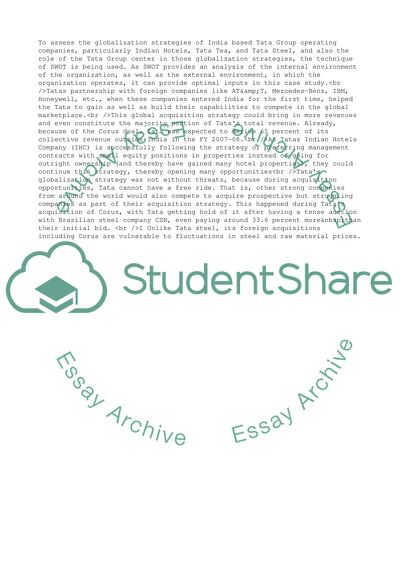Cite this document
(Internal and External Environments of Tata Motors Case Study Example | Topics and Well Written Essays - 1500 words - 1, n.d.)
Internal and External Environments of Tata Motors Case Study Example | Topics and Well Written Essays - 1500 words - 1. https://studentshare.org/business/1822068-house-of-tata
Internal and External Environments of Tata Motors Case Study Example | Topics and Well Written Essays - 1500 words - 1. https://studentshare.org/business/1822068-house-of-tata
(Internal and External Environments of Tata Motors Case Study Example | Topics and Well Written Essays - 1500 Words - 1)
Internal and External Environments of Tata Motors Case Study Example | Topics and Well Written Essays - 1500 Words - 1. https://studentshare.org/business/1822068-house-of-tata.
Internal and External Environments of Tata Motors Case Study Example | Topics and Well Written Essays - 1500 Words - 1. https://studentshare.org/business/1822068-house-of-tata.
“Internal and External Environments of Tata Motors Case Study Example | Topics and Well Written Essays - 1500 Words - 1”. https://studentshare.org/business/1822068-house-of-tata.


